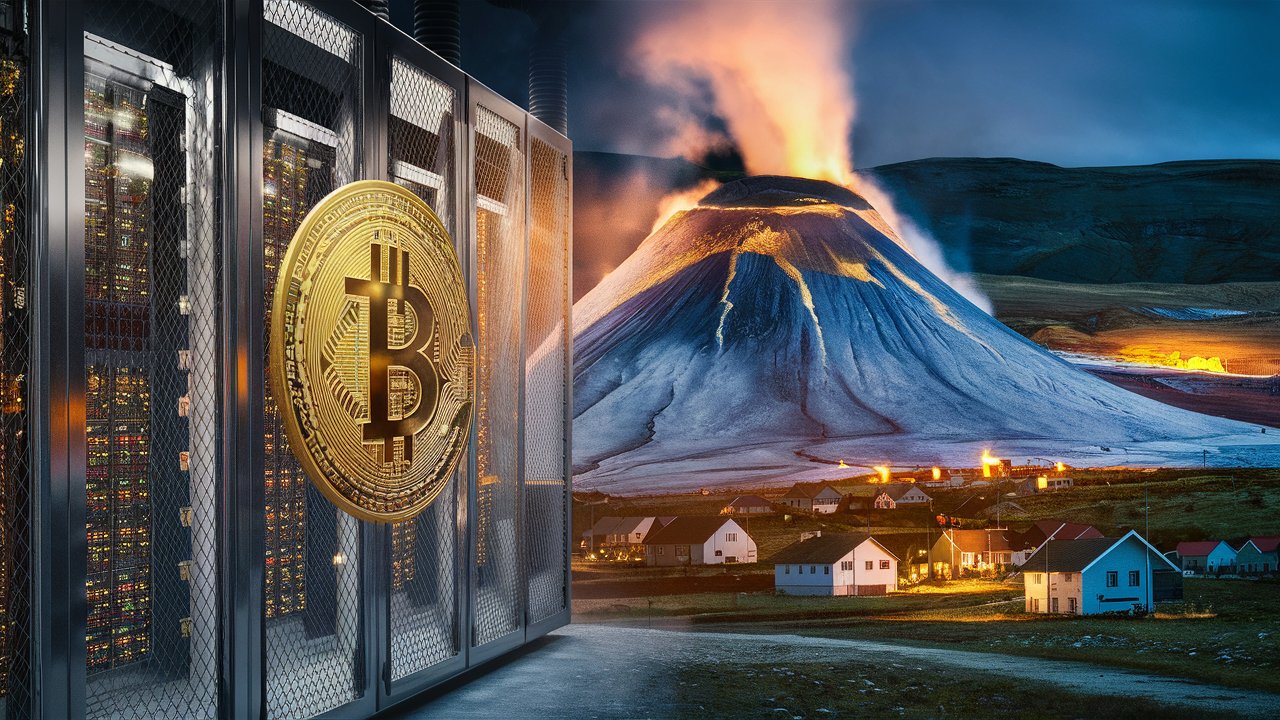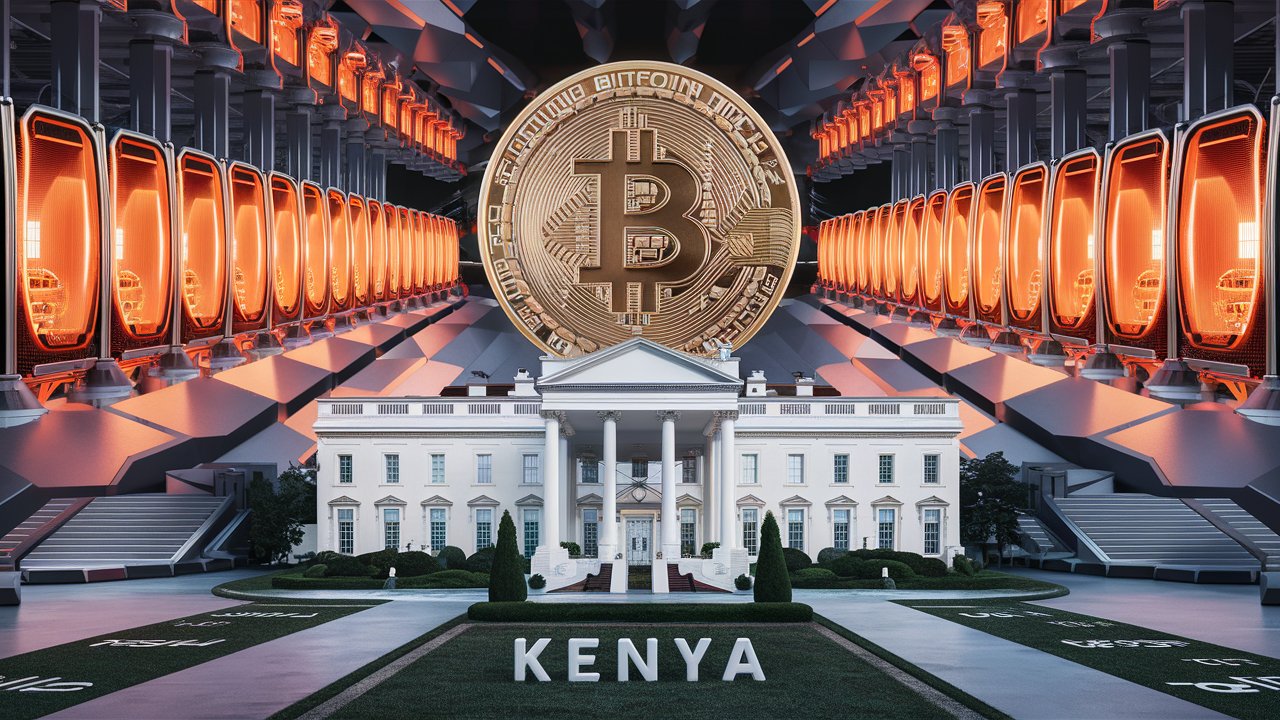
Gridless, a startup financially supported by Jack Dorsey’s Block, has initiated a groundbreaking Bitcoin mining project in Kenya. This innovative operation is located near Hell’s Gate National Park and employs a mobile container mining system. A combination of solar energy and geothermal sources native to the area powers the setup. This strategic use of renewable energy sources is part of a broader effort to mitigate the typical environmental impacts of Bitcoin mining.
CEO Erik Hersman spearheads the project along with co-founders Philip Walton and Janet Maingi. Their primary goal is to address Africa’s substantial electricity access issues, where an estimated 600 million people live without reliable power. Gridless aims to create a sustainable model that other regions can replicate by integrating Bitcoin mining with renewable energy production.
This mining operation taps into the volcanic region’s abundant geothermal resources. Such resources are crucial for supporting sustainable mining activities without the extensive carbon footprint associated with traditional energy sources. This approach aligns with similar initiatives in countries like Iceland and El Salvador, where geothermal and renewable energies provide power for large-scale Bitcoin mining activities.
Gridless’ Community Impact
The introduction of the Gridless Bitcoin mining facility in Kenya has had a tangible impact on local communities. By utilizing excess renewable energy, Gridless sustains its operations and supports the local infrastructure by providing electricity to nearby residential areas and businesses. This dual-purpose model enhances the project’s appeal, benefiting the community beyond the economic opportunities typically associated with crypto mining.
In addition to providing power, the Gridless project supports local farmers by offering containerized cold storage solutions that help preserve agricultural produce. This service is critical in regions where electricity instability can lead to significant post-harvest losses. Furthermore, the operation includes charging stations for electric motorcycles, promoting cleaner transportation options, and public WiFi points that enhance connectivity for residents.
In a recent interview, Erik Hersman focused on their operations. He talked about the mining containers. They’re simple but effective. They secure the Bitcoin network. Also, they provide essential services. The setup is straightforward. It’s a converted shipping container with mining equipment. Despite its simplicity, it’s crucial for network security and community support.
The project also plays a role in educational efforts, helping locals understand the benefits and operations of renewable energy integration. By demonstrating the practical use of geothermal and solar energy in powering high-energy-consuming operations like Bitcoin mining, Gridless is setting a precedent for future projects in Africa and beyond.
Economic and Environmental Sustainability
The rising value of Bitcoin has renewed interest in mining operations, with profitability increasing even as the market remains volatile. Analysts have observed a potential geographical shift in Bitcoin mining activities, noting that regions with lower energy costs and abundant renewable resources—like Latin America, Africa, and the Middle East—are becoming more attractive to miners.
This shift will likely encourage more renewable energy developments, as these regions could harness their natural resources to power mining operations, thus supporting the global Bitcoin network and promoting local energy sustainability. Gridless is a model that demonstrates how renewable energy can effectively power economically beneficial projects.
Gridless succeeds in Kenya. It’s a model for sustainable development. Innovative energy solutions help. They benefit the environment and the local economy. Demand for eco-friendly Bitcoin mining solutions rises. Gridless helps meet this demand. It promotes sustainable development in underserved regions globally.
Also read: Binance Faces Rejection in Legal Battle, Gambaryan in Spotlight
















